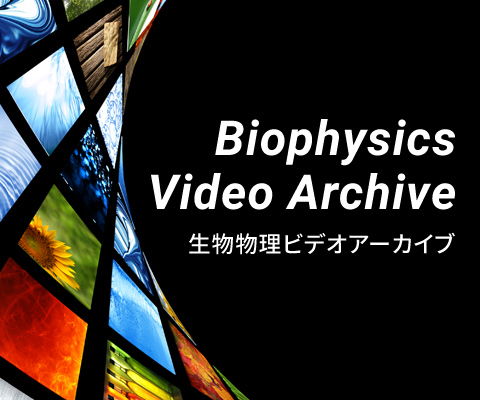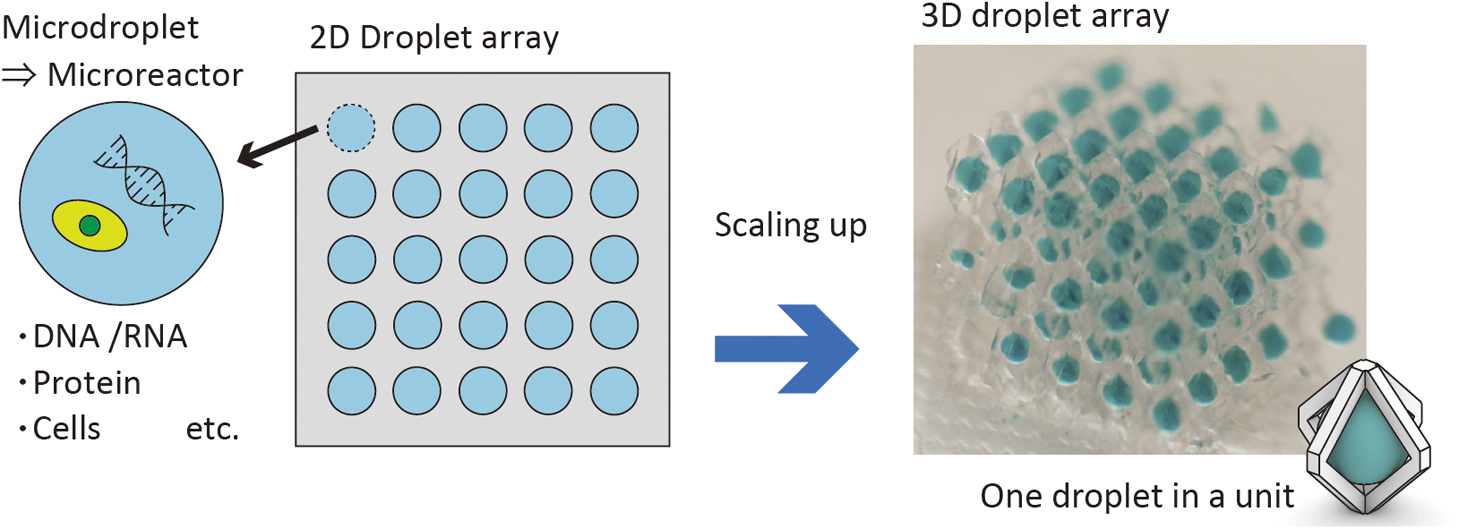1
"Methods to spontaneously generate three dimensionally arrayed microdroplets triggered by capillarity for bioassays and bioengineering" by Hiroki Yasuga is published in BPPB as the J-STAGE Advance Publication.
2023 June 09 BPPB
A following article is published as the J-STAGE Advance Publication in "Biophysics and Physicobiology".
Hiroki Yasuga
"Methods to spontaneously generate three dimensionally arrayed microdroplets triggered by capillarity for bioassays and bioengineering"
URL:https://doi.org/10.2142/biophysico.bppb-v20.0029
- Abstract
- Herein, I review our recent work toward developing methods for generating three-dimensional (3D) droplet arrays driven by capillarity. Microdroplet array-based systems are useful for bioassays and bioengineering because they require only small amounts of samples and reagents and provide the high throughput. Various methods have been developed for preparing droplet arrays, among which methods based on capillarity have attracted considerable attention owing to their simplicity. I and collaborators have developed such methods based on capillary flow, including a method for preparing droplet arrays via oil–water replacement. We recently proposed our own concept of “fluid–fluid interfacial energy driven 3D structure emergence in a micropillar scaffold (FLUID3EAMS)” and its application. FLUID3EAMS allows a 3D droplet (or hydrogel bead) array to be generated in a micropillar scaffold by passing a fluid–fluid interface through the scaffold. This approach is useful for applications requiring ordered or arrayed microdroplets in biosensors, biophysics, biology, and tissue engineering. This review is an extended version of the article “FLUID3EAMS: Fluid–Fluid Interfacial Energy Driven 3D Structure Emergence in a Micropillar Scaffold and Development in Bioengineering” published in Seibutsu Butsuri (vol. 62, p. 110–113, 2022).





